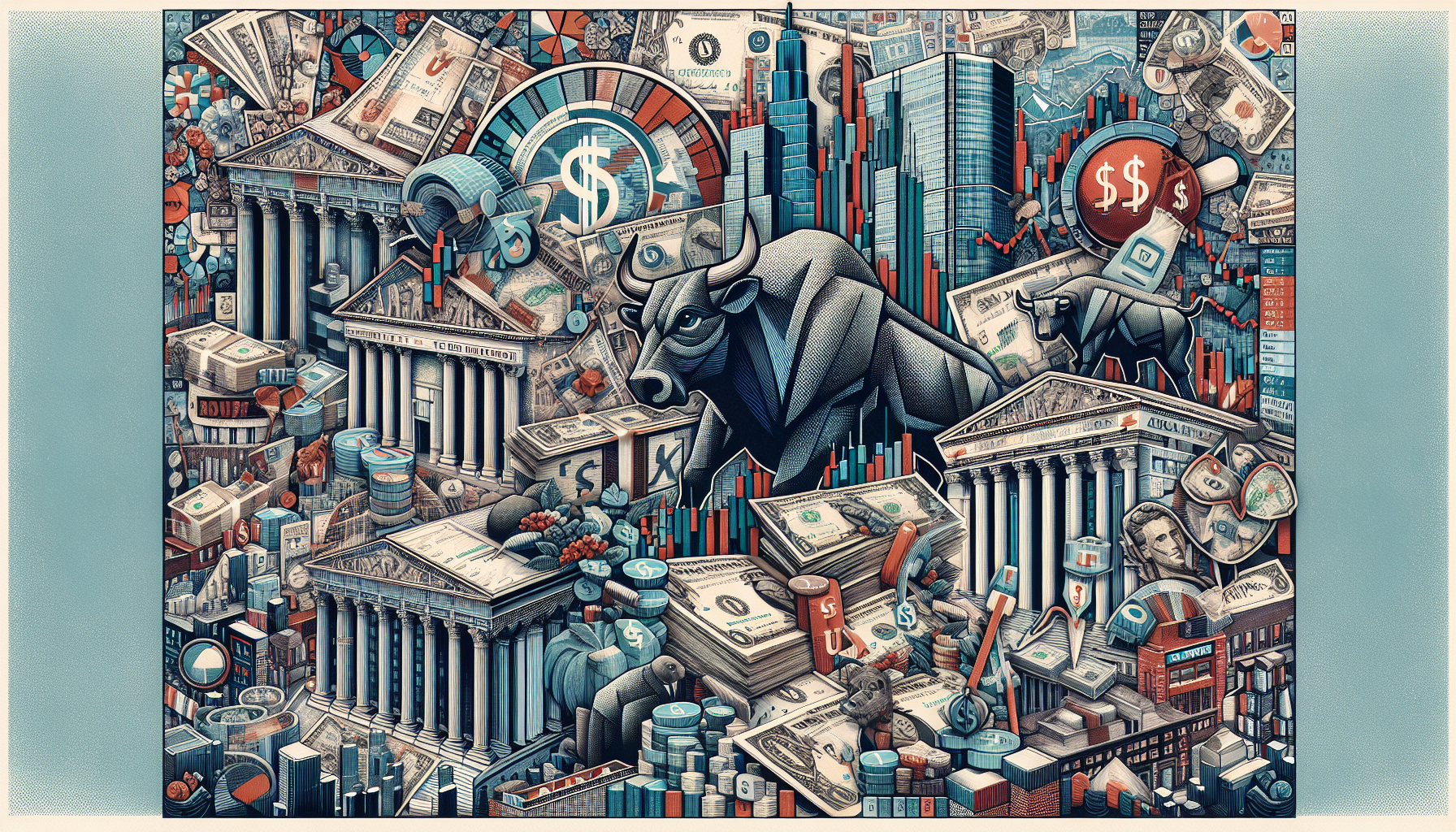
tl;dr
The US Bureau of Economic Analysis released Q1 2025 reports showing inflation was lower than expected, with personal income rising and the core PCE price index at its lowest since 2024 and 2020 respectively. However, US GDP shrank in Q1 before tariffs took effect, raising recession concerns. Analyst...
The US Q1 2025 PCE report reveals a lower-than-expected inflation rate alongside increased personal income, despite a shrinking GDP. Specifically, personal income grew by $116.8 billion (0.5% monthly rate) in March, mainly driven by higher compensation and proprietors’ income. The core PCE price index registered its lowest annual growth since June 2024, with the monthly index hitting a low not seen since April 2020, indicating persistent consumer spending power.
However, US GDP contracted in Q1 2025 before the implementation of tariffs, sparking renewed fears of a potential recession. The GDP decline marks the first consecutive negative growth quarter, intensifying concerns amid ongoing trade tensions. Market analysts suggest that the inflation data might be temporarily distorted, as consumers possibly stockpiled goods in anticipation of upcoming tariffs, skewing typical inflation metrics.
Trump’s tariffs have stoked recession fears, yet some sectors have found relief thanks to the current inflation figures. The complex interplay between tariffs, consumer behavior, and economic indicators creates a challenging landscape for investors and policymakers alike.
Amid this economic uncertainty, Bitcoin has demonstrated remarkable resilience. It sustained its value, trading above $94,000, and reached a new all-time high in Argentina, surpassing 110 million Argentine pesos per BTC. This surge is largely attributed to the peso’s significant depreciation against the US dollar, reflecting Bitcoin’s potential role as a hedge against economic instability and currency devaluation.
While Bitcoin’s recent performance hints at its capacity to act as a safe haven during economic disruptions, this remains speculative. The true test will come if a recession unfolds triggered by tariffs, which could either reinforce or weaken Bitcoin’s status as an economic refuge.
In summary, the US economic landscape in Q1 2025 is marked by mixed signals: lower inflation and rising personal income juxtaposed with contracting GDP and tariff-driven uncertainty. Meanwhile, Bitcoin’s steadiness amid this volatility offers an intriguing glimpse into its evolving function within global finance.